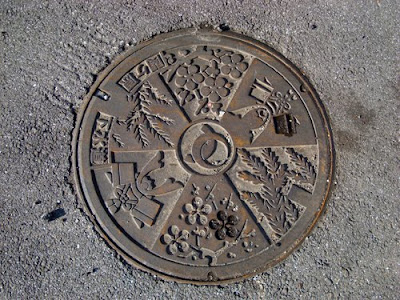Tokyo's Koto ward is, like most of the city east of Ginza, far from glam and not renowned for its overall beauty. However, it is home to the Fukagawa district which is rich in historical significance and offers some aesthetically unforgettable experiences.
One spot of particular beauty in Koto ward's Fukagawa district is the Kiyosumi Teien Gardens. These relatively small gardens date from Japan's feudal era, and were once owned by the founder of the Mitsubishi corporation. They offer a feeling of languid spaciousness beyond their mere square meterage, with their large calm pond teeming with carp, tortoises and waterfowl, their immaculately maintained lawns, the elegant tea house built out over the pond, and the stone monuments that dot it, for the visitor to stop and ponder.
See a YouTube video of Kiyosumi Teien Gardens above. And read more about Kiyosumi Teien Gardens the surrounding Fukagawa district.
© JapanVisitor.com
Yahoo Japan Auction Service
Japanese Friends
Tokyo Apartments Search
Japan Job Search
Rough Guide To Japan
Tags
Japan
Tokyo
Kiyosumi
garden
Fukagawa
One spot of particular beauty in Koto ward's Fukagawa district is the Kiyosumi Teien Gardens. These relatively small gardens date from Japan's feudal era, and were once owned by the founder of the Mitsubishi corporation. They offer a feeling of languid spaciousness beyond their mere square meterage, with their large calm pond teeming with carp, tortoises and waterfowl, their immaculately maintained lawns, the elegant tea house built out over the pond, and the stone monuments that dot it, for the visitor to stop and ponder.
See a YouTube video of Kiyosumi Teien Gardens above. And read more about Kiyosumi Teien Gardens the surrounding Fukagawa district.
© JapanVisitor.com
Yahoo Japan Auction Service
Japanese Friends
Tokyo Apartments Search
Japan Job Search
Rough Guide To Japan
Tags
Japan
Tokyo
Kiyosumi
garden
Fukagawa



































